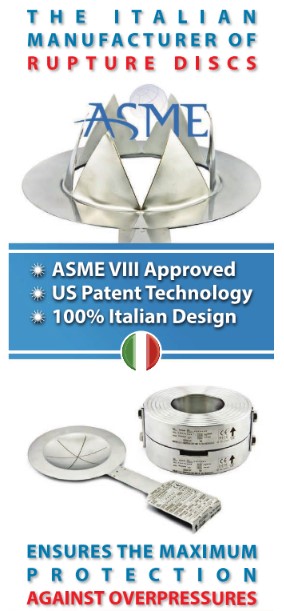Cocoa plays an important role in Brazilian agriculture. However, the fruit of the cacao tree (cocoa pods) is prone to fungal diseases. pest infestations are responsible for crop losses of up to 40 percent worldwide. In collaboration with the State University of Campinas (Unicamp), Brazil, researchers at the Fraunhofer Institute for Process Engineering and Packaging IVV are looking to establish new ways of using damaged cocoa pods as part of the Damaged Beans project.
Cocoa farming is a fundamental pillar of the economy in Central and South America thanks to cocoa’s key role in the production of chocolate. However, fungal diseases such as witches’ broom and black pod disease can have a devastating impact on cocoa plantations, as seen in the 1990s when the diseases spread in an epidemic that caused a drastic downturn in cocoa production in Brazil. Unfortunately, despite significant efforts, there is still no solution to put an end to these diseases. As a result, damaged cocoa pods must be discarded during the production of chocolate.
This is where the CORNET (COllective Research NETworking) Damaged Beans project comes in. The aim is to establish alternative utilization pathways for diseased cocoa beans. For example, damaged cocoa pods could be used to manufacture products such as cosmetics — and even lubricants and cleaning agents. As part of the Damaged Beans project, Fraunhofer IVV in Freising is working with Unicamp to develop specific methods for detecting and classifying different types of fungal contamination. They are also researching new applications for low-quality cocoa beans. This approach has the potential to optimize the entire cocoa value chain. Farmers would be able to sell a greater portion of their harvest. The German Federal Ministry for Economic Affairs and Climate Action (BMWK) is funding the project, coordinated by Fraunhofer IVV. A consortium comprising 19 industry partners is supporting the project.
Cocoa butter can replace acrylates
“Cocoa powder and cocoa butter are produced from cocoa beans. Due to chemical changes caused by witches’ broom and black pod, cocoa butter from diseased cocoa beans has different melting properties and is therefore softer at body or room temperature. This can be advantageous for cosmetic applications, especially for fat-based natural cosmetics such as lipsticks, body lotions and creams,” explains Dominic Wimmer, research fellow and project manager at Fraunhofer IVV. Changes in the composition of the amino acids and proteins enhance gelling and thickening properties. As such, ingredients from damaged cocoa beans could be an ideal substitute for harmful acrylates, which are used as gelling agents or thickeners in conventional cosmetics but can also trigger skin allergies.
Developing a sustainable process chain
To harness the potential of cocoa beans damaged by fungal diseases for use outside the food industry, Unicamp is currently developing investigation methods based on near-infrared spectroscopy (NIRS) to identify the extent of damage to the diseased cocoa beans and to determine their physical and chemical quality. Fraunhofer IVV will then establish a multi-stage cascade extraction process so that cocoa butter, proteins and phytochemicals such as polyphenols can be obtained following the fat separation stage and then used for applications in the cosmetics and chemical industries. During this process, proteins and phytochemicals will be extracted using a range of solvents. “Fungal diseases cause the composition and sensory properties of the proteins and phytochemicals to change. However, despite their divergent structure, they are suitable for technical applications such as bio-based cleaning agents, disinfectants and lubricants — just like cocoa butter. They offer the possibility of replacing mineral-oil-based resources with natural ingredients, which are a sustainable alternative,” says the researcher.
Relatively complex processes are required to obtain the valuable substances in cocoa beans. Wimmer and his team are therefore investigating whether it is possible to forgo the time-consuming and energy-intensive fermentation and drying processes or the roasting stage if the end product will not be used in food.
The research team is also working on a cocoa butter extraction process that does not involve pressing cocoa mass in a press gun but instead uses organic solvents such as ethanol and supercritical CO₂ — a particularly gentle method. To obtain the proteins and phytochemicals, the solid components are processed using aqueous extractions. By changing the pressure and temperature, solubility can be adjusted according to the desired phytochemicals and proteins, thereby producing a specific extraction. Improving the livelihood of small farmers “Using our cascade extraction process, damaged beans can be processed, providing cocoa farmers with new income streams that offer significant financial potential. Around 40–50 million people worldwide rely on cocoa production, with small farms accounting for 80–90 percent of the global cocoa supply,” explains Wimmer. “What’s more, the chocolate industry will benefit from high-purity, food-grade raw materials.”

























































